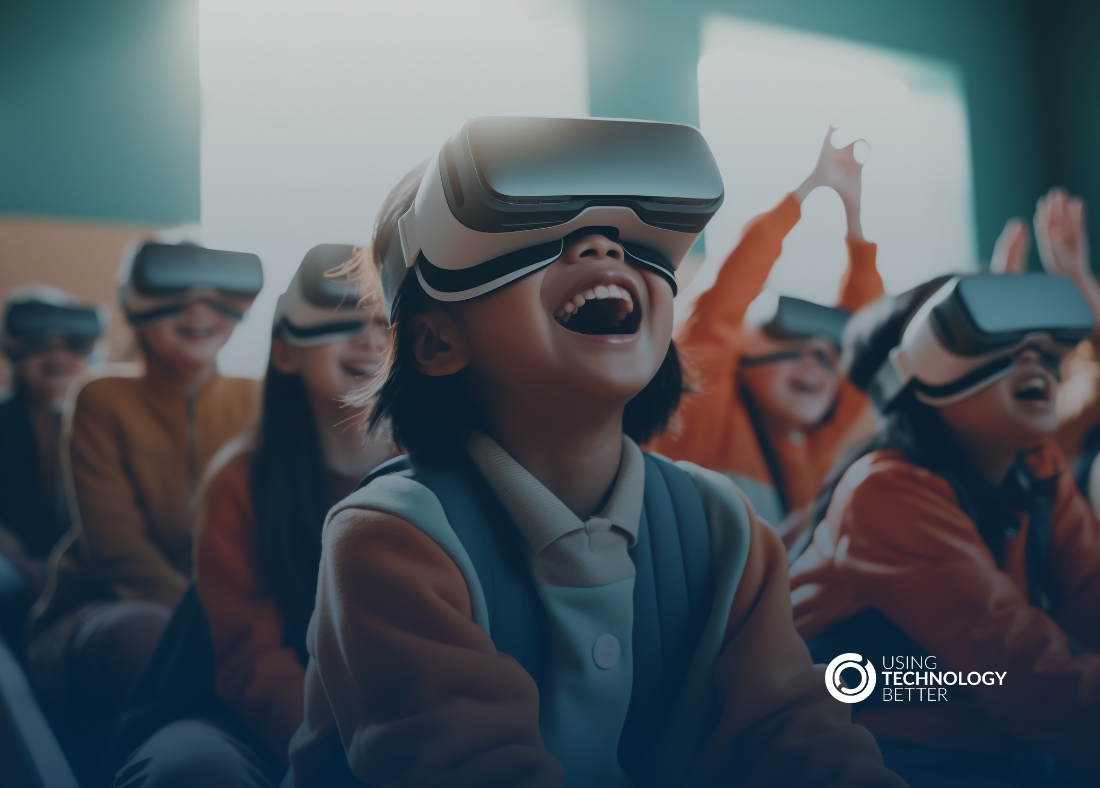Using AI with students is a daunting endeavor, especially when thinking about where to start.
This blog post offers a roadmap for getting started with AI in your classrooms and using the platform Magic School AI.
As IT leads, we know the importance of preparing students for the future. Artificial intelligence (AI) is rapidly transforming our world. Equipping students with a basic understanding of AI is no longer optional, but where do we begin?
Why Use AI in Education
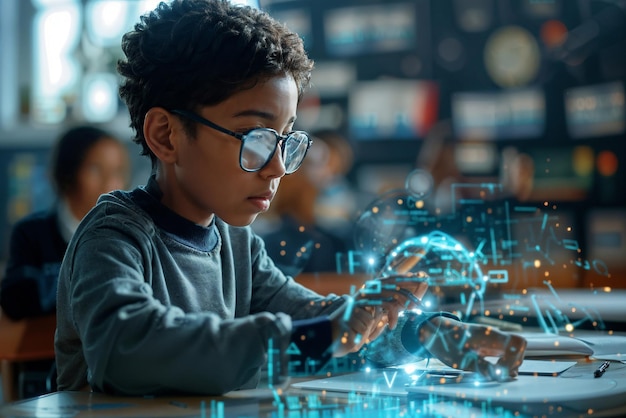
In today’s rapidly evolving world, educators are embracing new technologies to enhance the learning experience, but often schools are worried about the implications of allowing students the chance to use it directly. If we want our students to be a part of the world they will be working in, we need to get them started on how to use AI so they can learn the benefits of it in a safe environment.
AI offers an abundance of benefits in the classroom:
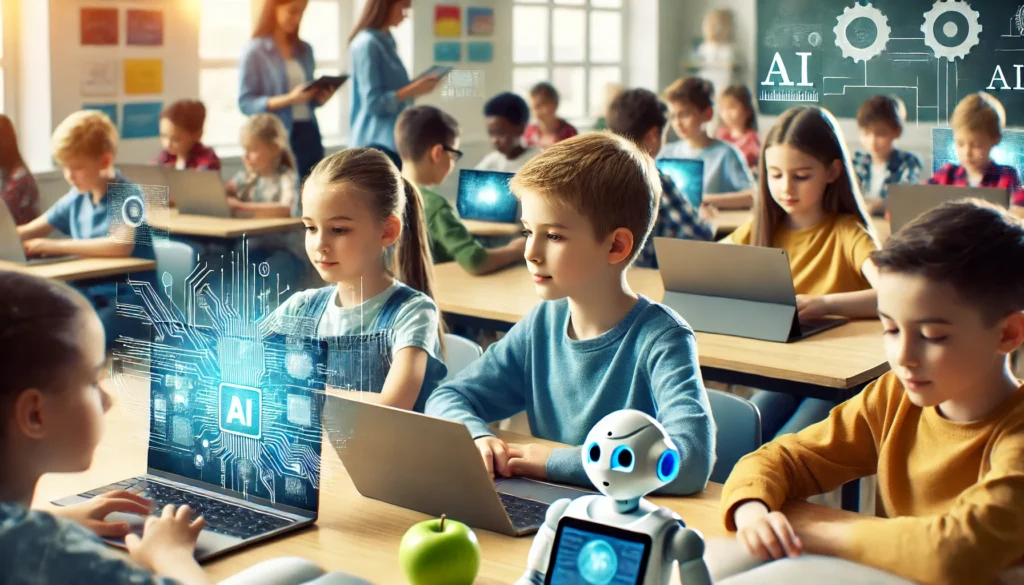
- Personalised Learning: AI tutors can adapt to individual student needs, providing targeted support and practice.
- Enhanced Engagement: Interactive AI tools can gamify learning, making it more fun and motivating.
- Critical Thinking Skills: Analysing AI outputs encourages students to question and evaluate information and identify limitations.
- Future-Proofing Skills: Understanding AI empowers students to become responsible users and creators of this technology, as well as not being left behind.
A Peek Under the Hood: Different Types of AI Generation
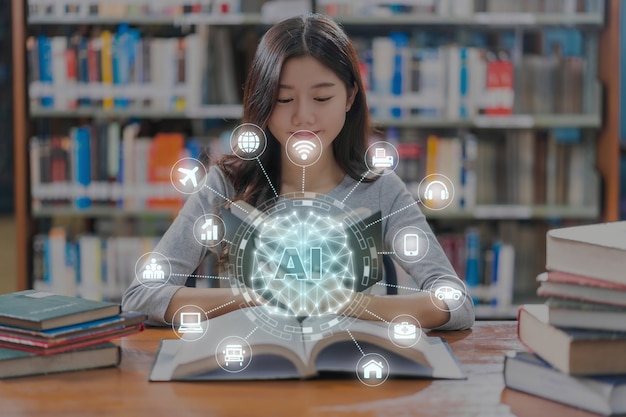
AI generation refers to the process of using artificial intelligence to create entirely new content, from text and images to even videos and audio. Here’s a breakdown of the different types:
- Text Generation: AI can produce human-quality writing in various formats. Imagine students using AI to write poems, scripts, fictional dialogues, or even historical accounts from a specific character’s perspective.
- Image Generation: AI can generate images based on textual descriptions. This opens doors for students to create visuals for presentations, illustrate stories, or explore different artistic styles.
- Video Generation: While still under development in many of the free apps, AI can create short videos based on text prompts or scripts. This could be used for educational simulations or even student-generated news reports.
- Audio Generation: AI can create sound effects, music pieces, or even voice-overs based on user prompts. This can be a powerful tool for creative projects, exploring the fundamentals of music composition, or allowing students to showcase their learning in new ways.
Getting Started with MagicSchool AI
MagicSchool AI is a user-friendly platform designed specifically for Primary schools (K-12 education). It has a variety of tools specifically designed for students and allows the teacher the ability to set only the tools the students needs, while having full transparency over what the inputs and outputs are from each student. Making it a great starting platform for your students.
Tips to help get the teachers in your school started:
- Explore the Platform: Before introducing it to students, teachers need to familiarise themselves with Magic School AI’s interface and available tools. Explore features like Reina the chat bot for kids, idea or image generation, research assistant, and rewrite it tools. Play with them to make sure the fit the learning needs of the students.
- Align with Curriculum: Identify areas in your curriculum where AI can enhance learning. Let’s say you’re teaching about historical figures. Students can use Magic School AI to write a fictional news report from that era, bringing history to life. They could also use the Character Chatbot to ask questions of a historical figure to get a deeper understanding of the time and decisions made.
- Introduce AI Responsibly: Discuss the basics of AI – how it works, its limitations, and potential biases. Encourage teachers and students to be critical thinkers when using AI tools. Note the terms the students agree to when they first join a room, these can be great teaching points and I love the first one “Your Teacher Can See Your Activity in MagicSchool: Please make sure to follow your school and classroom guidelines when interacting with the AI.”
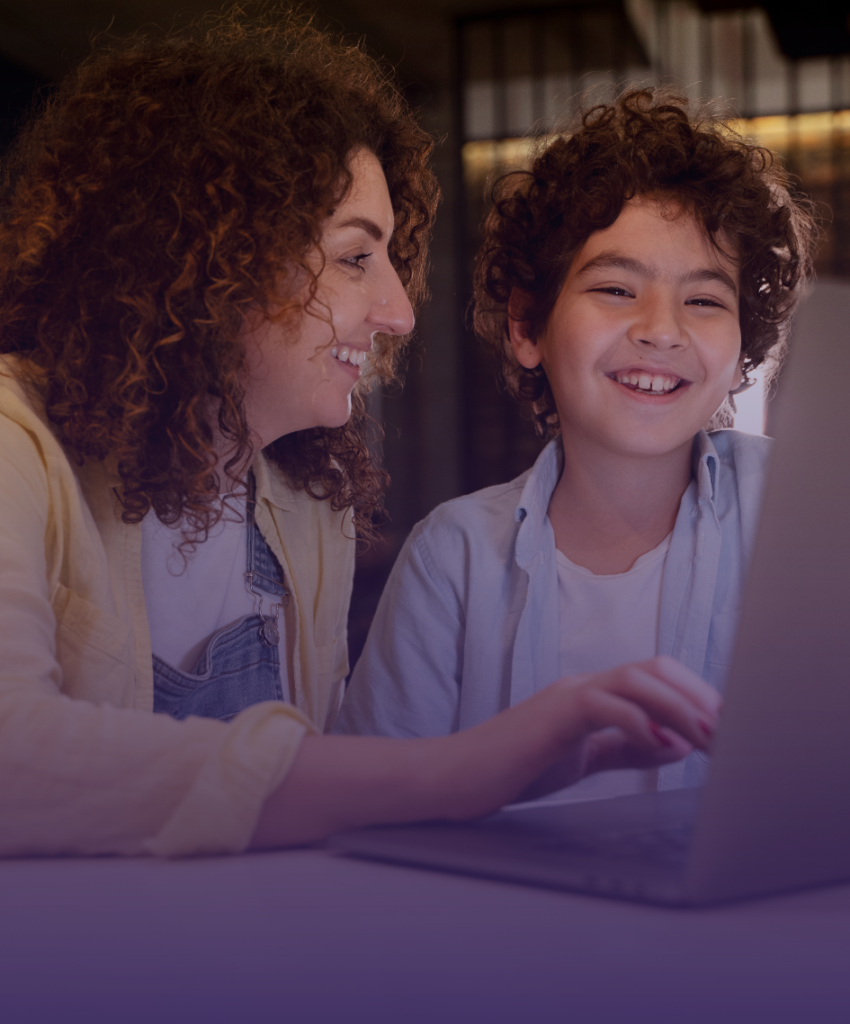
- Start Simple, Build Up: Begin with basic tasks like asking Raina the chatbot some questions about your learning or generating creative texts like informative texts, sentence starters, or skits. Gradually introduce more complex functions like feedback tools or exemplar creators.
- Collaboration is Key: Encourage students to work together on AI projects, fostering communication and teamwork skills. Allow them the chance to query the information and the reasons behind using the tools.
- Images/Videos: Sign up for free at https://www.magicschool.ai/ and learn how to launch this to the students here.
Safety First: Safeguarding Students in the AI Classroom
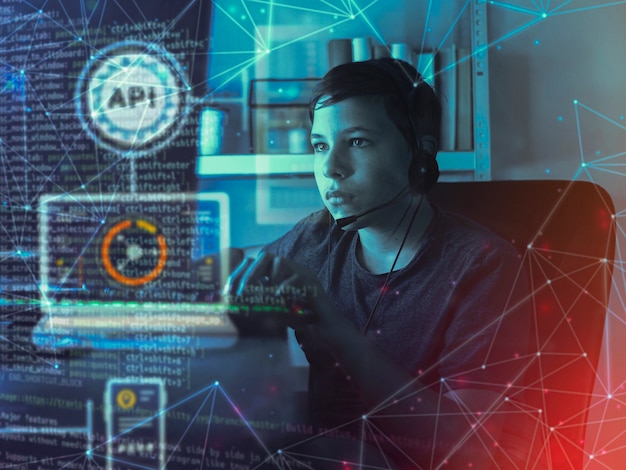
While AI offers exciting possibilities, it’s crucial to consider safety aspects when integrating it into classrooms within your school.
Things to consider before rolling out to the students would be:
- Data Privacy: Ensure the AI platform you choose has robust data security measures in place to protect student privacy.
- Understanding Bias: AI algorithms can reflect societal biases. Discuss these potential biases with students and encourage them to critically evaluate AI outputs.
- Combating Misinformation: AI-generated content may not always be factually accurate. Train students on information literacy skills and responsible online research practices.
- Setting Boundaries: Establish clear guidelines on appropriate use of AI tools. Address potential issues like plagiarism or misuse of AI-generated content.
AI may seem like a daunting prospect for students without the proper information, but by understanding why we want to use it with students, what the different types of AI we can use are, the security measures to put in place, and having a tool to start with this should make getting started with AI at a student level a smooth and easy process.
Author Bio:
Kelly Kenyon
Lead Trainer







